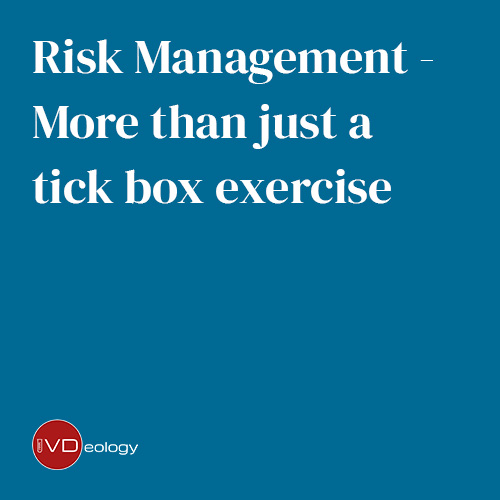
For a lot of manufacturers Risk Management is one of those tasks seen to provide little to no value and is simply a regulatory tick box exercise. That Risk Management File drafted during Design and Development, may have had the odd update here and there over the years, but on the whole, its been neglected.
With the introduction of the EU IVD Regulation 2017/746 comes a greater emphasis on establishing a system for Risk Management and its regular update, in line with post market surveillance. But for some organisations the idea of dusting off those Risk Management Files and bringing them inline with the current expectations of ISO 14971:2019 and the IVDR, fills them with dread. Finding the resource and the time required to breathe new life into the old files may be tricky and often people lack confidence in their Risk Management knowledge, which can paralyse the process.
The good news is Risk Management doesn’t have to be painful and if your product has been on market for a while you have a wealth of knowledge to guide you in your estimation of the risks.
My favourite (sad I know) industry standard; ISO 14971:2019 – Application of risk management to medical devices, clearly explains the steps in the process and its handy guidance ISO/TR 24971:2020, expands upon each step providing examples to aid our understanding and guides the readers through the complexities of process. Each time I read through the guidance I take additional learning away with me. Annex H in particular is a must read for anyone leading risk management for IVDs, it includes specific examples for the unique considerations applicable to IVDs.
So where do you start? My recommendation would be to take a look at your existing procedure and the templates you use to create your Risk Management File (RMF) documents. Are they aligned to current requirements? If not start by creating a procedure that fits the expectations of ISO 14971:2019, ensure it links to your post market surveillance procedure and the other key QMS processes such a complaints, non-conformance/CAPA and change control which can have impact on the RMF. Next assess whether your templates cover all the required aspects, for example do you have a benefit-risk analysis?
Once you have the procedure and templates where you need them, I would recommend reviewing a sample of your existing files, assess if they could easily be updated to the new requirements? Or would it be better to start fresh and incorporate the information within the existing files, into your shiny new templates?
Now comes the sometimes challenging part, what resource do you have available to lead the updates and who can be in the team? Risk Management is most successful when someone has ownership but can pull together a broad cross functional team to assess the product from all angles. Gone is the requirement to have qualified staff involved in risk management, replaced with the need for those competent on the basis of education, training, skills and experience related to the tasks assigned to them. This provides the flexibility to include and draw upon the knowledge of those most hands on with the manufacture and testing of the product, to share their valuable insight. For IVDs estimation of risks to patient can be challenging. Many IVDs have professional users and clinicians interpreting results and determining the next steps for the patient, making the potential harm to patient more indirect. Inclusion of a clinical expert within your Risk Management team is an invaluable resource that can guide the team through the sequence of clinical events leading to hazardous situations and the resulting patient harm. Growing everyone’s understanding of the device and helping the team to see it from the other side.
In summary risk management can be a challenging undertaking but when approached in the right way it can build device knowledge internally, and deepen understanding of the user and patient experience, which can stimulate continuous improvement in device design, usability and safety.
At IVDeology we can help support your risk management journey through providing;
- Training
- Procedure and file templates
- Direct support for the risk management lead/team
- Review of files and recommendations for enhancements
- Targeted workshops with the team to focus on specific topics
To discuss how IVDeology can help support you, please book a call here.
